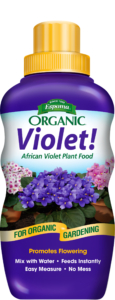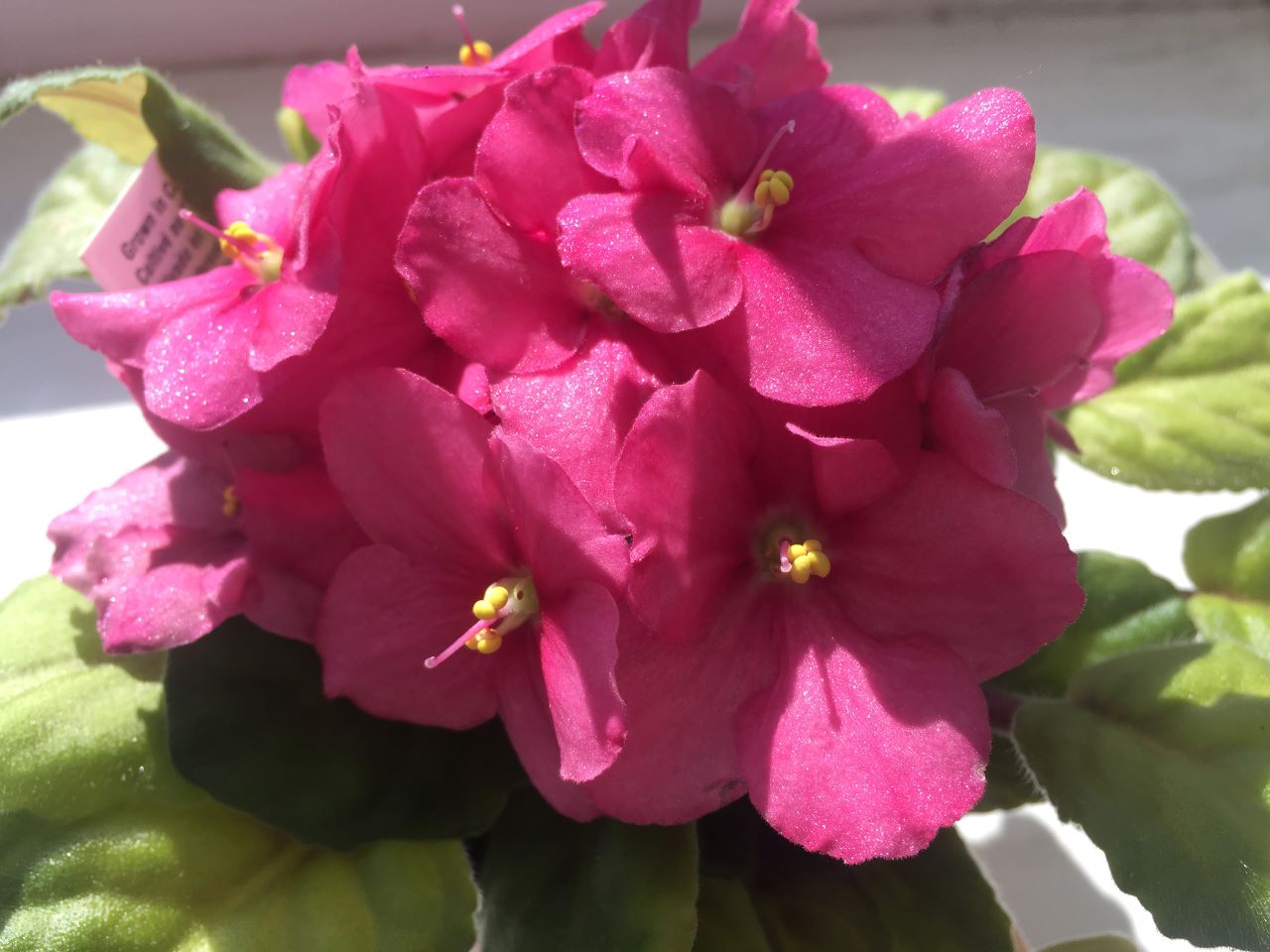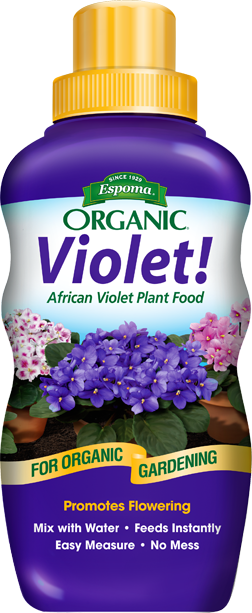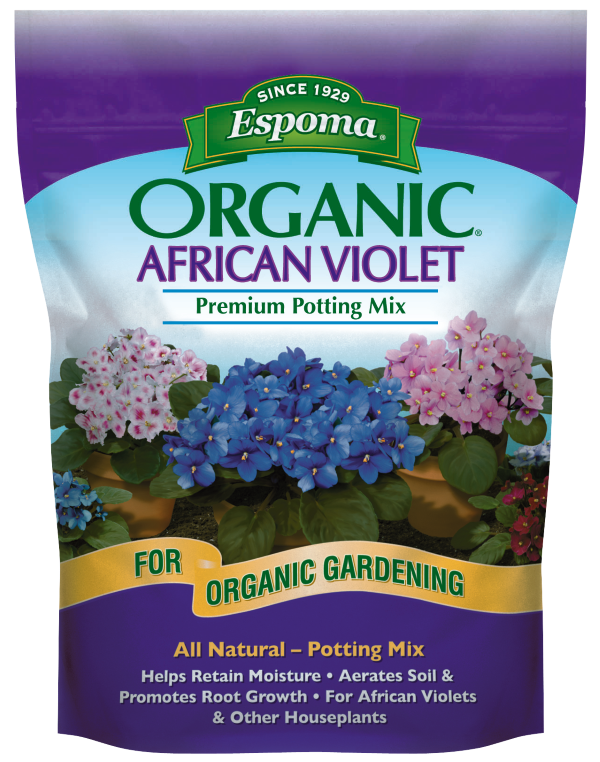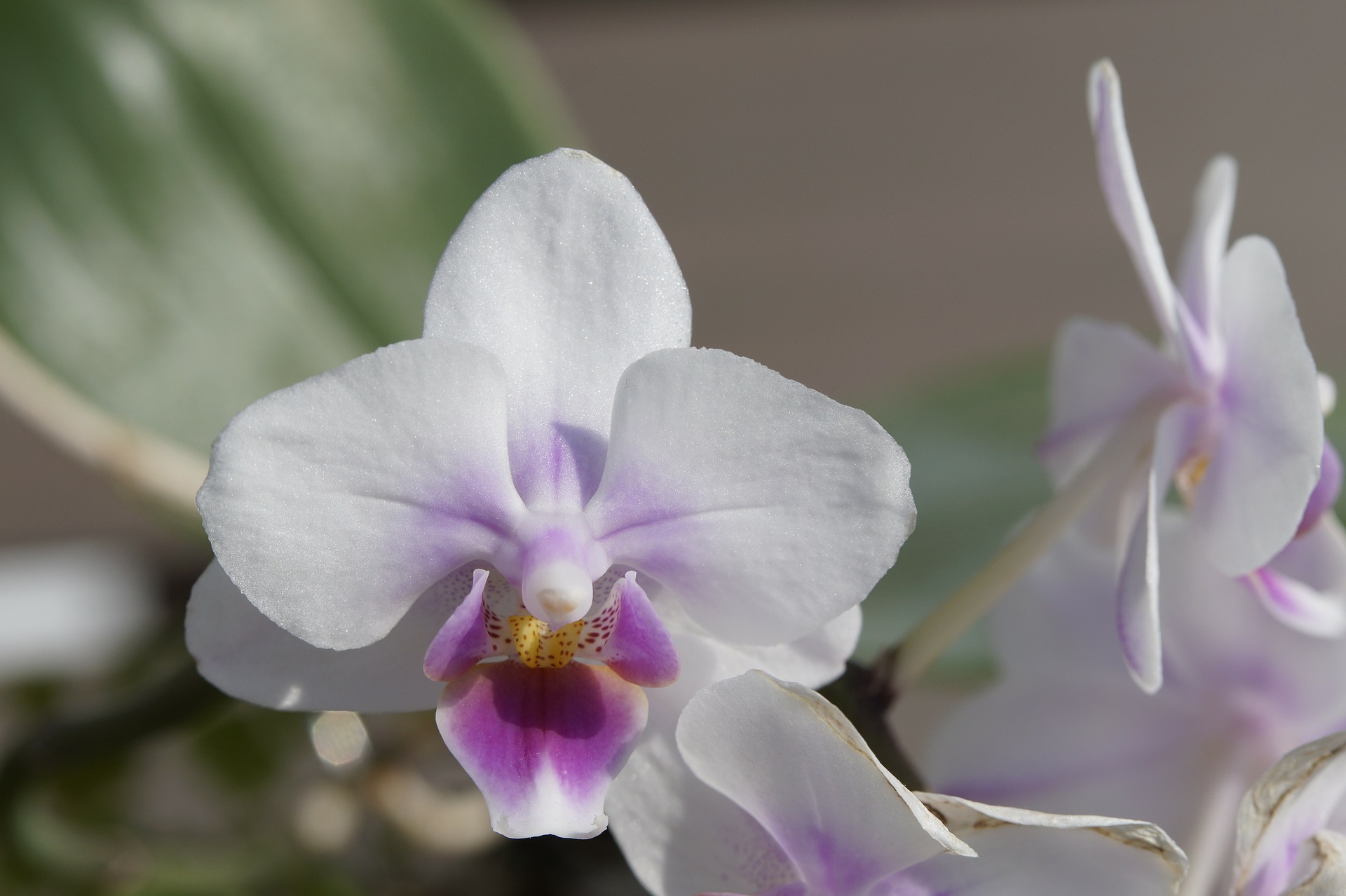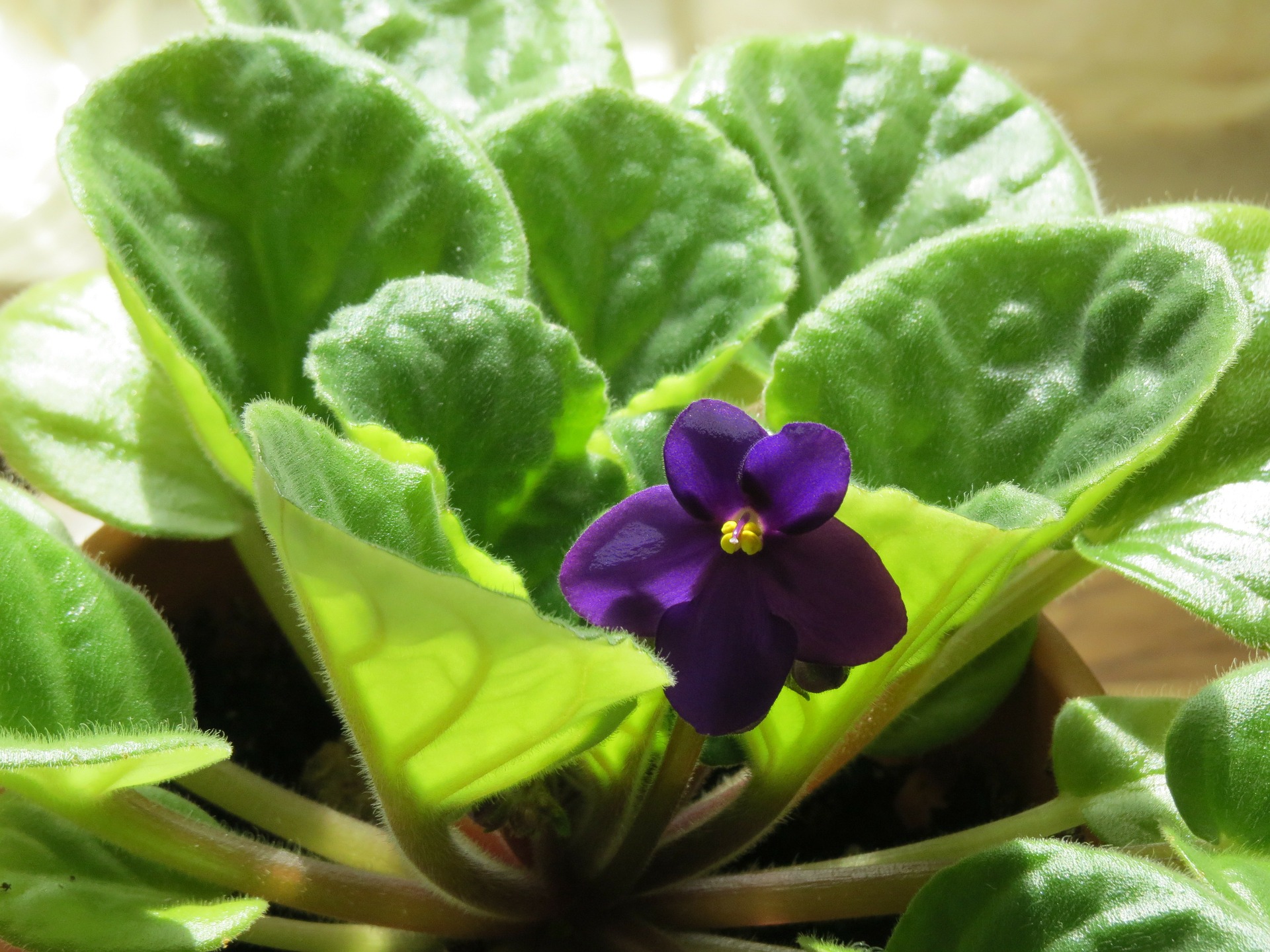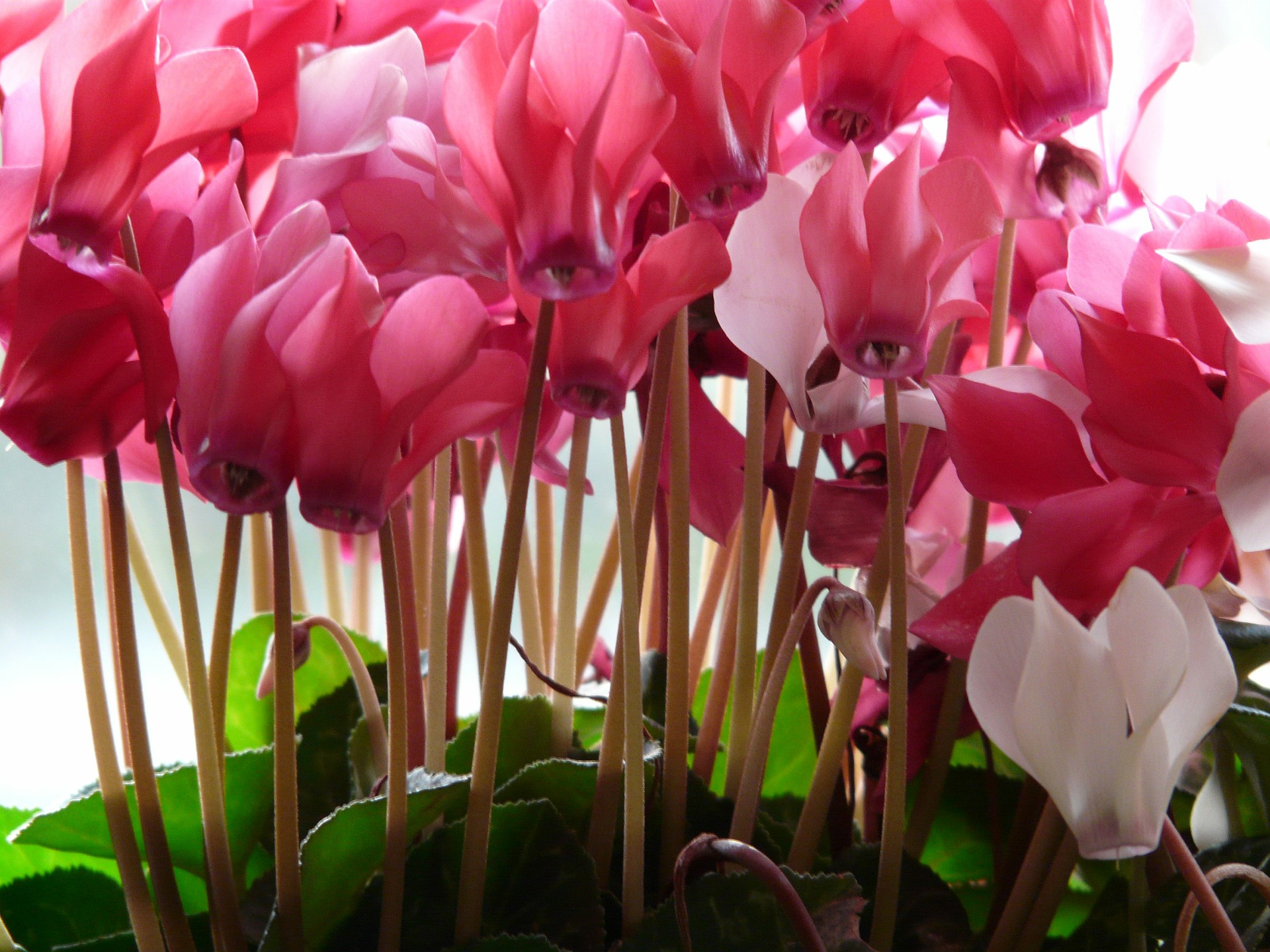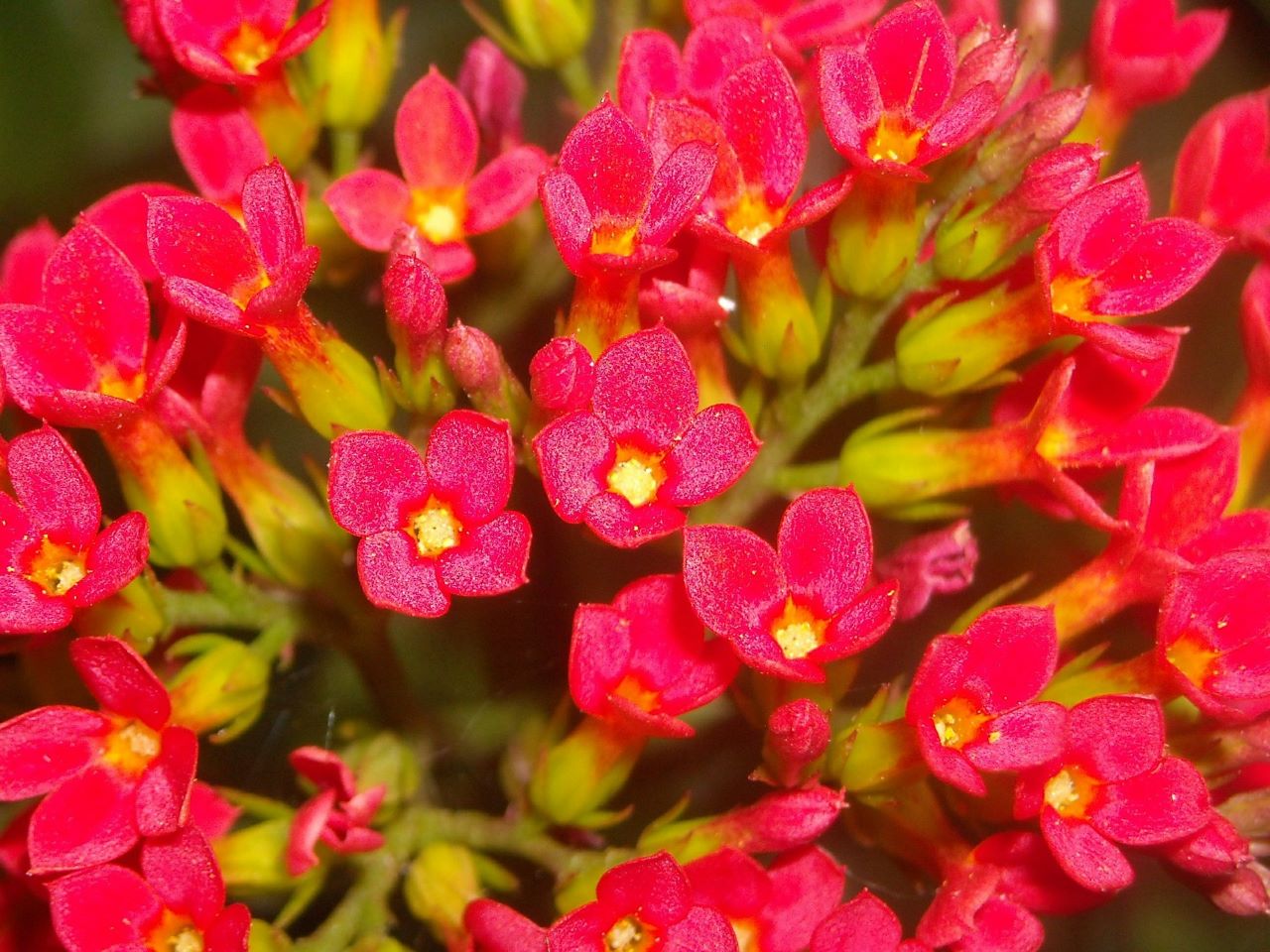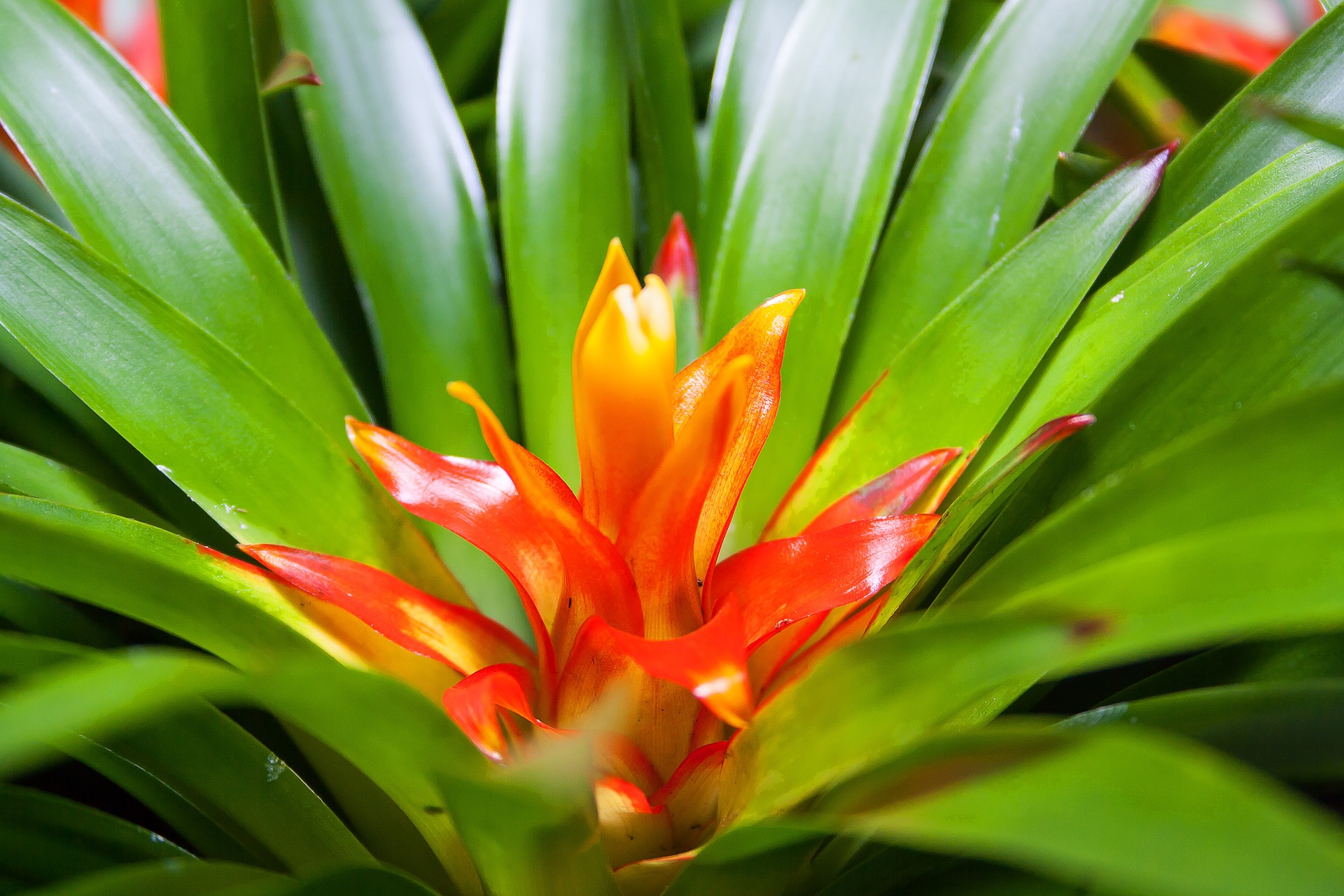Tag Archive for: African Violets
6 Tips For Caring for African Violets
/in Espoma VideosLaura from Garden Answer shows you how to care for African violets. Once you get in a regular routine of taking care of African violets, you’ll find they grow very easily. All of their basic needs need to be met though, or they won’t bloom. Give them the right temperature, light and a good feeding, and you’ll be blooming in no time!
6 Steps to Keep African Violets Blooming
/in FlowersThe colorful blooms of African violets are extra special. They’ll instantly add color to any room.
They’re known to bloom continuously, even throughout the darker months of winter. Place them throughout the house to enjoy their colors and velvety texture throughout the year.
Once you get in a regular routine of taking care of African violets, you’ll find they grow very easily. All of their basic needs need to be met though, or they won’t bloom. Give them the right temperature, light and a good feeding, and you’ll be blooming in no time!
Choosing and Caring for African Violets:
1. Start off healthy. Choose a plant with bright emerald leaves and the flower color that you want. Make sure the pot has drainage holes.
2. The right light. The most common reason African violets don’t bloom is because they aren’t getting enough light. African violets need indirect sunlight, direct can burn the leaves. Choose a north- or east- facing window for best results. Keep plants away from cold glass and rotate the pot once a week so all leaves receive light. Extend daylight by placing African violets under a grow light during winter months.
3. Keep warm. African violets prefer the same temperatures most people find comfortable: between 70-80°F during the day, and around 65–70°F at night.
4. Water from below. Fill the saucer using room temperature water. Let sit for about an hour and then pour excess water out. Allow the plant to dry out between waterings.
5. Fertilize with Espoma’s new liquid Violet! Indoor houseplant food every 2-4 weeks in spring, summer and fall.
6. Think before replanting. African violets only bloom when they’re root bound. When it is time to repot, be sure to use an organic potting soil made specifically for African violets, such as Espoma’s African Violet Mix. They flower best in small pots — choose one that’s about a third of the diameter of their leaf spread.
Now that you’re African violet is off to a great start, it’s time to care for your other houseplants!
7 Plants Cupid Struck with His Arrow
/in Indoor GardeningRoses are red. Violets are blue. All flowers are lovely, but let’s try something new!
Show your love with these seven indoor plants this year.
Tie a big, showy bow around the pot! Then seal the deal with a handwritten love note (complete with houseplant care instructions, of course).
Divine Gifts for Your Valentine: 7 Indoor Plants to Show Your Love
Opulent Orchids. Gift simple elegance to the one you love. Choose pink, purple or multi-colored and opt for a romantic colored pot, too. When repotting, use an organic orchid mix potting soil. Water with three ice cubes weekly, and fertilize monthly.
Amorous African Violets. Dainty yet bold, African violets are for sweethearts who are sugar, spice and everything nice. Plant in a pot using potting soil specifically for African violets. Water only when dry to the touch, and feed weekly.
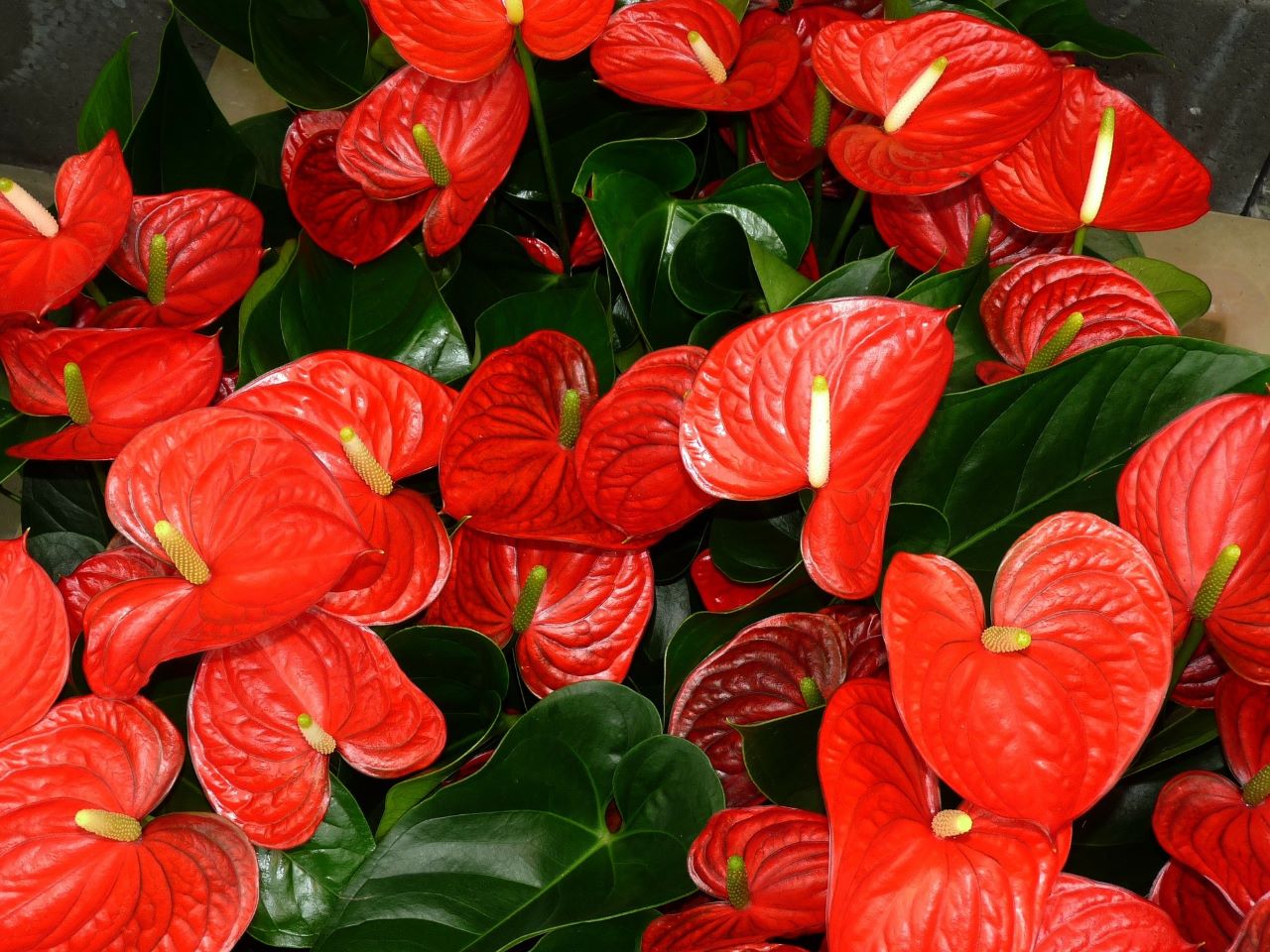
Fiery Flamingo Flowers. Made for Valentine’s Day – complete with red, heart-shaped flowers! Water only when dry to the touch, and feed every 3-4 months.
Captivating Cyclamen. Choose sweet pink or daring red flowers coupled with dreamy, marbled leaves to make your valentine swoon. Water when dry, and fertilize monthly when flowering.
Mesmerizing Miniature Roses. Give pink or red roses for Valentine’s Day that last! During winter, keep soil slightly moist. Come spring and summer, feed every two weeks.
Kindhearted Kalanchoe. These ever-lasting pink or red blooms flourish all on their own, making them perfect for brown-thumb Valentines. Water when dry, and fertilize once a month when flowering.
“Be Mine” Bromeliad. Bold, bright and beautiful! Water the center of its bloom when the soil is dry.
With indoor plants this good looking, your sweetheart is going to be head-over-heels in love!
Plant African Violets for a Pop of Color
/in FlowersPlant an African Violet in 9 Easy Steps:
Growing African violets is an easy way to add a burst of color inside – even in the dead of winter. These small flowers pack a punch with their bold color and dark, thick leaves.
To keep your African violet blooming all year long, follow these tips.
How to Pick, Plant and Care for African Violets:
- Pick the perfect plant. Select a healthy African violet in your choice of color that has dark green, spot-free leaves. Look for a plant with one growing center, known as a single crown, to get the most blooms.
- Start strong. Choose an organic potting soil made specifically for African violets, such as Espoma Organic African Violet Mix. A specially-formulated organic soil gives violets the right amount of air and drainage and is safe for people and pets, too.
- Choose a container. Use a pot made for azaleas or African violets, which has the right amount of drainage holes and a deep saucer. Avoid deep pots, which can cause roots to rot.
- Plant magic. Gently remove the African violet from its current pot without damaging roots. Next, give roots enough room to spread out. Pack any remaining holes with soil.
- Home sweet home. Place your African violet in a room-temperature spot with lots of indirect, natural light. Avoid direct sunlight, which can burn leaves. Be sure to rotate once a week for even growth.
- Water right. Only water your violet when the soil is dry to the touch. Then, fill the pot’s saucer, and allow the roots absorb the amount of water they need. After an hour, dump any remaining water to avoid over watering.
- Feed weekly. To keep your violet blooming and healthy, feed once a week with an organic plant food such as Espoma Gro-tone. This applies to all houseplants, too!
- Stop suckers. If you spot new growth, called suckers, on the main stem of your flower, remove them. Suckers can lead to misshapen plants.
- Repot. Repot large African violets once to twice a year and smaller ones twice per year. Choose a new pot that is 1/3 the diameter of the plant.
Enjoy the beautiful colors of your new African violets! Then, share your experience or why you love this purple flower today.

